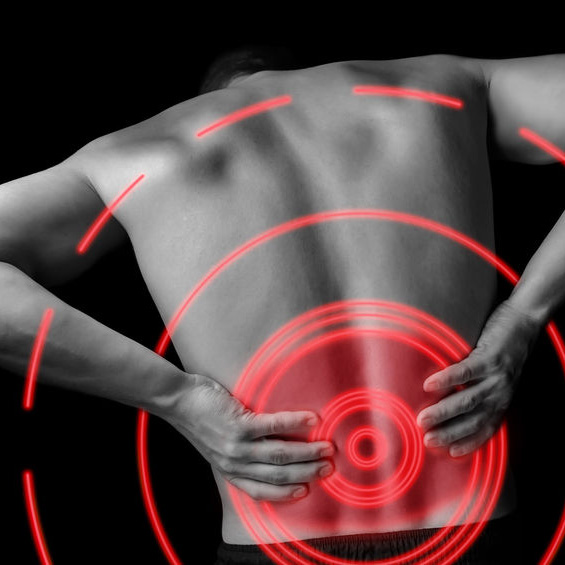Lower Back Pain
Research studies show that over 80% of our population experiences lower back pain in their lifetime. In some people this can also be persistent or recurrent lower back pain.
What is lower back pain?
Lower back pain is pain is pain anywhere from the bottom of the rib cage to the buttock creases. Sometimes people with lower back pain may also feel pain in their legs and feet.
What causes the pain?
There can several structures contributing to lower back pain and these include the spinal joints, discs, nerves and the connective tissue such as the tendons/muscles and ligaments.
Why does it occur?
This depends on whether the lower back pain is a new episode, exacerbation, acute pain or persistent pain.
A diagnosis should always be established by your health professional, as causes can sometimes include infection, fracture, inflammatory conditions, malignancy or other systemic illnesses of the body.
However most commonly the cause will be related to sedentary lifestyles or incorrect training technique and posture.
How can physiotherapy help?
Your physiotherapist is specially trained to help diagnose your lower back and work with you to formulate the best treatment management plan for your recovery. Often this include hands on treatments such as mobilisations, massage, postural assessment, education on prevention and self-management at home and at work as well as prescribed exercises to assist you with pain reduction, increased mobility and strength.
If you'd like an appointment with either of our Spinal Specialists, Sarah and Paul, please call us on 02030 12 12 22.
Words by Shari Randall.


